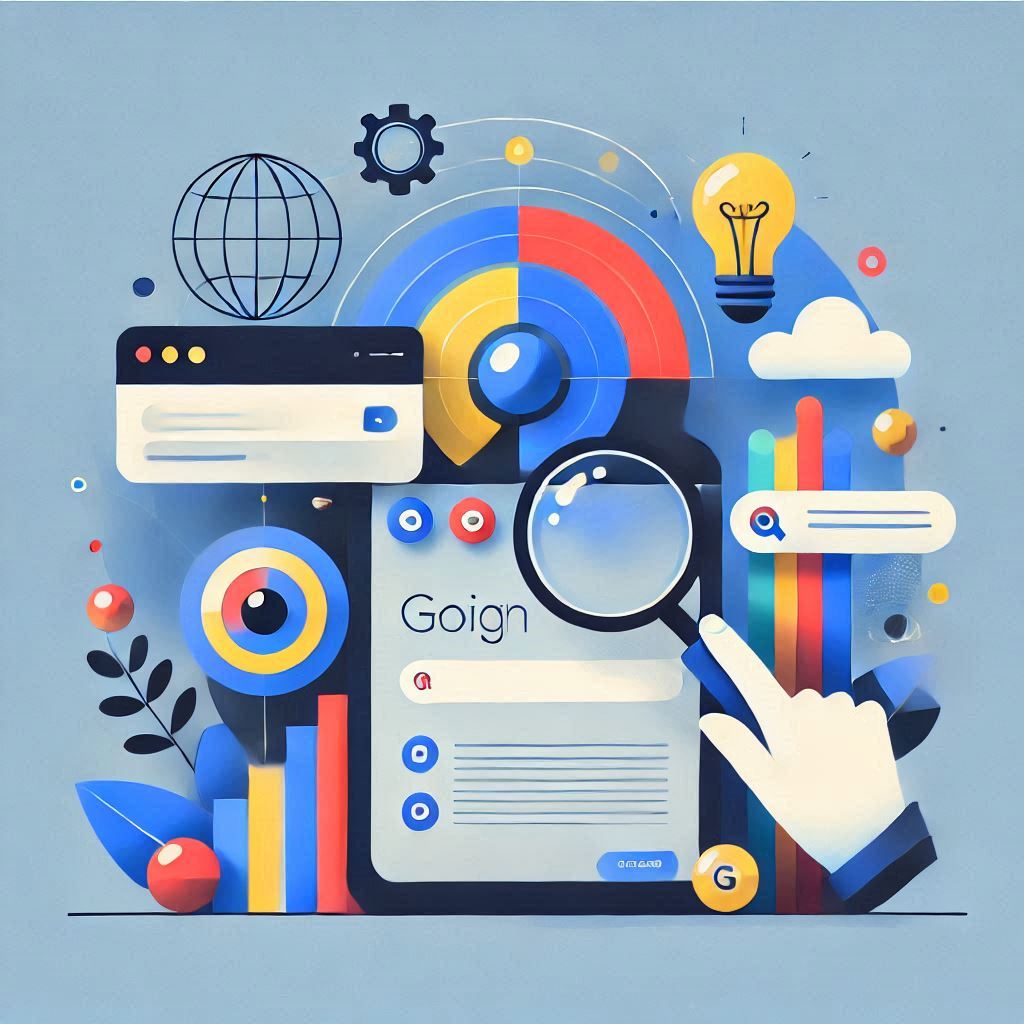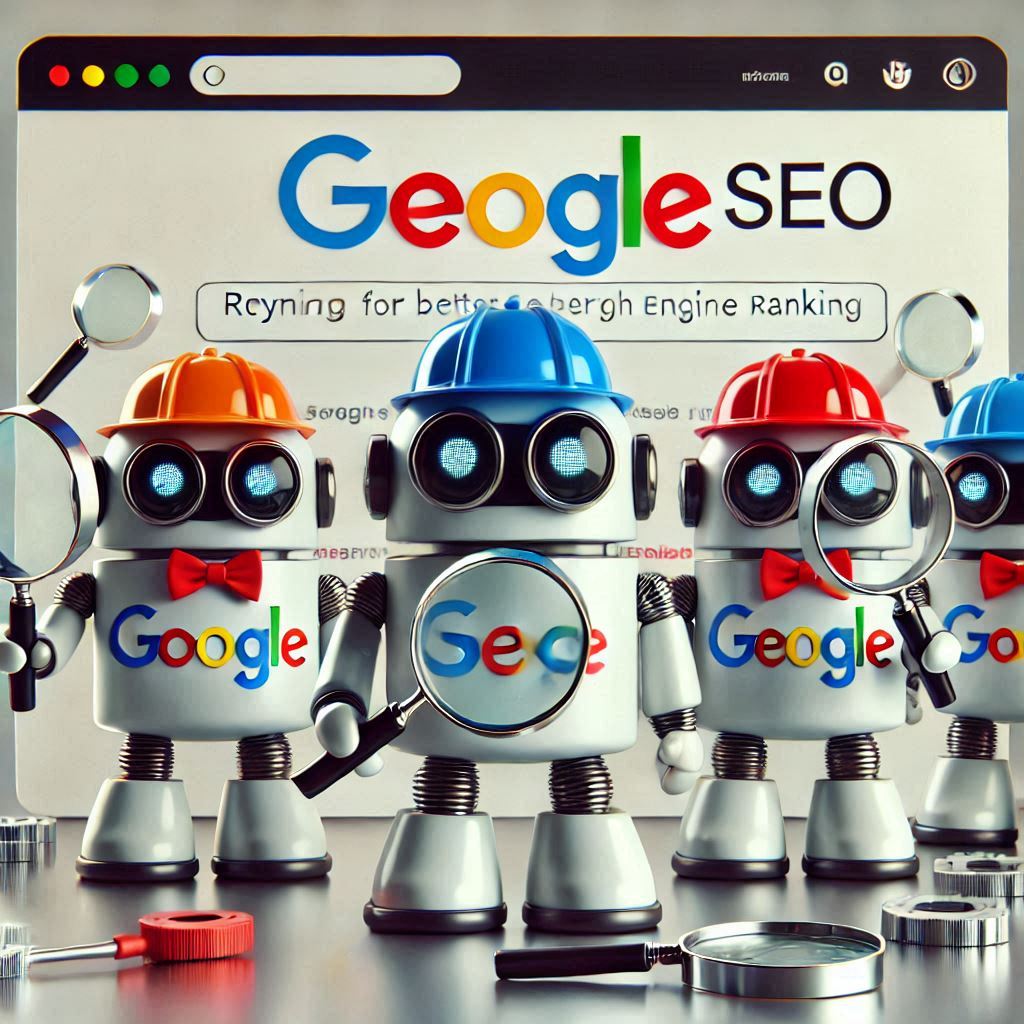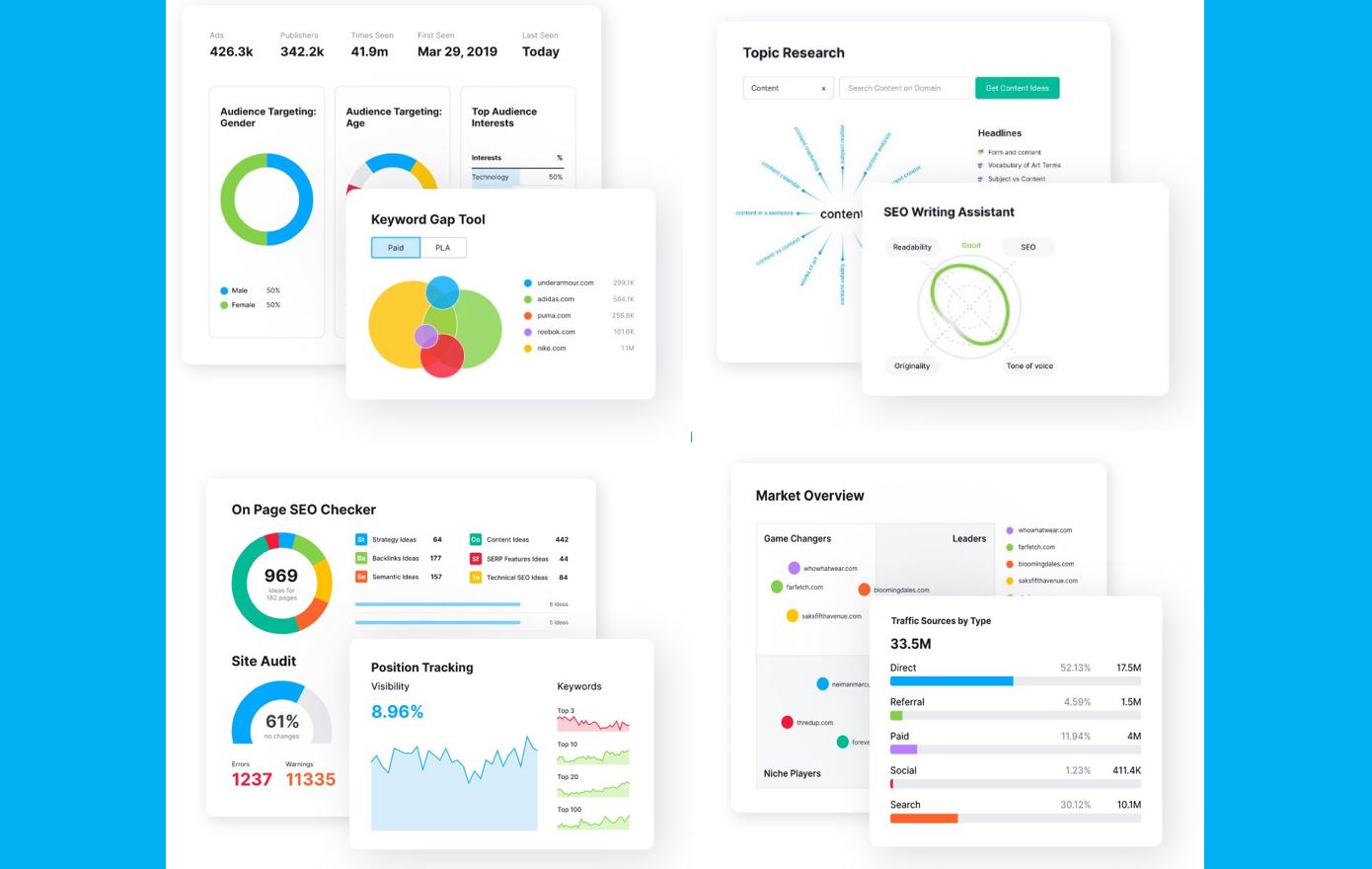HTML vs. JSON-LD for Google Indexing: Which is Better for SEO?
Understanding Googlebot: HTML or JSON-LD for Indexing and SEO
When it comes to search engine optimization (SEO), understanding how Googlebot crawls and indexes your website is crucial. Many webmasters wonder, is HTML or JSON-LD better for getting your pages indexed and ranked effectively? The short answer is: they serve different but vital purposes, and you need both for optimal results. HTML, or HyperText Markup Language, forms the foundation of every webpage. It’s used to structure and display the content that users see, including text, images, links, and various interactive elements. Googlebot’s primary function is to crawl and analyze HTML, extracting content and understanding the page’s topic. Think of HTML as the canvas; it’s what provides the structure and content visible to the user, and crucial for initial indexing.
Googlebot treats HTML as the primary source of content for indexing, parsing it to locate and analyze the text, links, and headings. It’s designed to render HTML effectively, even complex structures, to understand the overall page layout. Properly written HTML gives the page a logical structure using heading tags (h1, h2, etc.), paragraphs, and lists, which further helps Googlebot identify essential content components. This logical structure is the base framework for everything.
Now, let’s talk about JSON-LD, or JavaScript Object Notation for Linked Data. This structured data format is not displayed to users. Instead, it’s inserted within a `<script type=”application/ld+json”>` tag to provide metadata about your page’s content. While it is invisible to visitors, JSON-LD provides context to search engines like Google, enabling them to understand the meaning of the content and its different elements. You can think of JSON-LD as adding semantic annotations or labels to the elements of the canvas, allowing machines to understand their meaning.
JSON-LD enhances Google’s understanding through semantic markup, using a structured vocabulary to describe your content’s meaning and context. For example, it can identify a recipe, a product, an event, or a person. Accurate JSON-LD implementation can lead to rich snippets, like star ratings, product details, or event listings, which can significantly boost click-through rates from search results pages. It also contributes to Google’s Knowledge Graph, improving visibility and authority in search, and provides a more accurate interpretation of the data on your site for machines. It’s a crucial part of making your content discoverable and understandable.
It’s best to consider that HTML and JSON-LD work together. HTML provides the structure and content, while JSON-LD enriches it with meaning. They don’t compete, but instead complement each other for optimal search performance. Without HTML, Googlebot cannot index the core content, and without JSON-LD, the content is more difficult for Google to deeply understand. Essentially, while HTML is essential for indexability, JSON-LD is crucial for helping Google better understand what that HTML content means, and is key for unlocking valuable features like rich results.
For the best SEO results, it’s necessary to combine well-structured HTML with accurately implemented JSON-LD. Begin by ensuring that your HTML is semantically correct with proper headings, content elements, and a clear layout. Then, choose the appropriate schema markup for your content type and implement it accurately within `<script type=”application/ld+json”>` tags. Validation through tools like Google’s Rich Results Test can help you catch any errors. Finally, regular monitoring of your performance in Google Search Console is essential to observe how your pages and rich results perform in search.
In short, neither HTML nor JSON-LD is “better” on their own; they are both necessary for effective SEO. HTML lays the foundation for content structure, while JSON-LD adds the vital layer of meaning. By strategically using both, you ensure Googlebot can not only index your content but truly understand it, resulting in better visibility and organic traffic. Therefore, use both effectively to make sure you have maximum potential in search.
HTML (HyperText Markup Language):
- Purpose: HTML is the foundation of web pages. It’s used to structure and display the content of a web page, including text, images, links, and other elements.
- Indexing: Googlebot is primarily designed to crawl and index HTML. It parses the HTML to extract the textual content, headings, links, and other information that it uses to understand the page’s topic and relevance.
- Advantages for Indexing:
- Primary Source of Content: Googlebot treats HTML as the primary source of content. It’s the first thing it looks at and relies on for indexing.
- Directly Rendered: Googlebot has well-established mechanisms for parsing and rendering HTML, even complex HTML structures.
- Clear Structure: HTML provides the structural basis for the content, allowing Google to easily identify headings, paragraphs, lists, and other key elements.
JSON-LD (JavaScript Object Notation for Linked Data):
- Purpose: JSON-LD is a structured data format used to provide metadata about the content on a page. It’s not meant for displaying content to users, but rather for providing machines (like Googlebot) with a semantic understanding of the page’s elements.
- Indexing: Googlebot can read and parse JSON-LD within a script tag (specifically with type=”application/ld+json”). It extracts the data within JSON-LD to enhance its understanding of the page’s context and the entities, properties, and relationships described on it.
- Advantages for Indexing:
- Semantic Understanding: JSON-LD helps Google understand the meaning of the information on a page. For example, if a page lists a recipe, JSON-LD can specify what the ingredients are, who the author is, and the cooking time.
- Rich Results: Properly implemented JSON-LD can trigger rich snippets and enhanced search results, making your pages stand out in SERPs.
- Knowledge Graph Integration: Structured data helps Google populate its knowledge graph, leading to better representation in search.
- Not Visible to Users: JSON-LD is not displayed to website visitors, allowing you to provide structured data without affecting the visual design of the page.
The Relationship Between HTML and JSON-LD:
- HTML is the canvas: HTML provides the basic structure and content that users see.
- JSON-LD is the paint: JSON-LD enhances the canvas by adding semantic meaning and context that machines can understand.
Analogy:
Imagine a picture of a house.
- HTML: Is like the photograph itself, showing the colors, shapes, and features of the house.
- JSON-LD: Is like the label on the back of the photograph. It tells you the address of the house, when it was built, how many bedrooms it has, and the name of the owner.
Which is “better” for Googlebot?
- HTML is essential: Without HTML, Googlebot cannot index the content.
- JSON-LD is beneficial: JSON-LD improves Google’s understanding of your content, and it can lead to better search visibility (rich results, knowledge graph integration) even if it doesn’t directly contribute to indexing the core text.
In Summary:
- Prioritize HTML for your content: Make sure your important textual content is within the HTML so that Googlebot can index it.
- Use JSON-LD to enhance understanding: Use JSON-LD within <script type=”application/ld+json”> tags to provide structured data that clarifies the meaning of your content.
- They work together: You need both HTML for the content and JSON-LD for the semantics for optimal performance in search. Don’t think of it as “either/or,” but rather as “both/and.”
Best Practice:
- Ensure HTML is well-structured: Use proper heading tags (h1, h2, etc.), semantic HTML5 elements (article, aside, nav), and clear text.
- Implement relevant JSON-LD: Identify the appropriate schema markup for your content and implement it accurately.
- Test your structured data: Use Google’s Rich Results Test to ensure your JSON-LD is valid.
- Monitor your Search Console: Check for errors and monitor the performance of your rich results.




